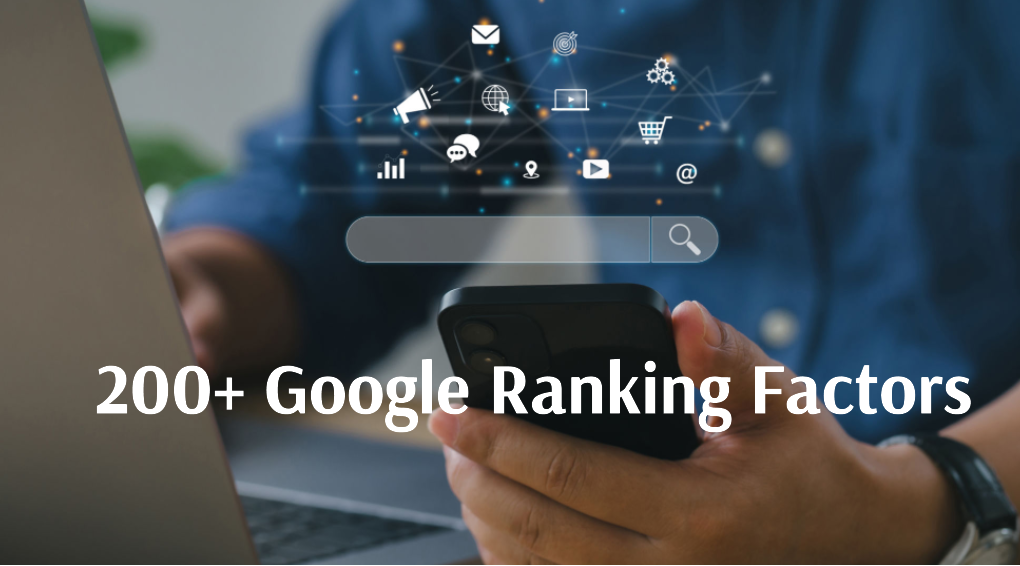SEO can feel like trying to hit a moving target, right? Especially when you consider that a whopping 93% of our online adventures start with a search engine.
Google’s algorithm is always on the move, constantly evolving, and it’s our job to keep pace. That’s why we’ve put together “200+ Google Ranking Factors 2025.” Think of it as your roadmap to understanding and mastering Google’s ranking factors.
We’ve made it straightforward, so you can optimize your website and reach the top of those search results. Ready to dive in?
Table of Contents
Understanding Google’s Ranking Algorithm
Google’s search ranking algorithm is essentially the core of its search engine. This sophisticated system swiftly sifts through vast amounts of data in its search index to present the most relevant results for any given query.
The algorithm incorporates a variety of ranking signals, prioritizing webpages based on their relevance and displaying them on the search engine results pages (SERPs).
Consider the example of searching for “best Italian restaurants near me” on Google. Here, the algorithm meticulously scans through billions of web pages, aiming to pinpoint the most pertinent results.
It assesses numerous factors – collectively known as “Google Ranking Factors” – such as the geographical location of your search, the pertinence of a restaurant’s website content to your query, the quantity and quality of external links to the restaurant’s site, and the overall user experience offered by their website.
It considers hundreds of factors or “Google Ranking Factors” to do this. These factors include the location of your search, the relevance of the restaurant’s website content to your query, the number of other reputable websites that link to the restaurant’s website, and even the user-friendliness of their website.
In essence, Google’s algorithm is akin to a digital detective, assembling various pieces of information to resolve your search inquiries. Gaining an understanding of this algorithm is pivotal for website optimization, enhancing your site’s presence and performance on Google. This guide aims to delve into these aspects, offering insights on leveraging the algorithm to your advantage.
- Domain Factors
- Page-Level Factors
- Site-Level Factors
- Backlink Factors
- User Interaction
- Special Google Algorithm Rules
- Social Signals
- Brand Signals
- On-Site Webspam Factors
- Off Page Webspam Factors
Domain Factors for Google Ranking
When it comes to Google’s ranking factors, the importance of domain factors can’t be overstated. These are the elements related to your website’s domain name that Google’s algorithm considers when determining where to rank your site in the search results.
- Domain Age: Domain age refers to how long a domain has been registered and active. It’s often considered by SEO professionals as a minor factor in search engine rankings. An older domain might be perceived as more trustworthy and reliable, potentially due to its established presence and historical performance. However, as highlighted by Google’s John Mueller, while domain age is acknowledged, it is not a major determinant in search rankings. This suggests that while it’s beneficial to have an older domain, it’s just one piece of the broader SEO puzzle.
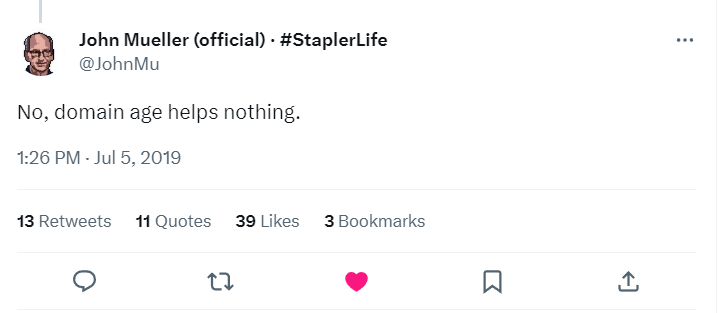
- Keyword in Domain: Including the main keyword in your domain name can be a smart strategy to help Google understand your website’s focus. For instance, if you own a bakery, choosing a domain like ‘bestbakery.com’ clearly indicates your business type. This straightforward approach can enhance your website’s relevance in search results, making it easier for potential customers to find you.
- Keyword as First Word in Domain: A domain that starts with your target keyword might have an edge over websites that either don’t have the keyword in their domain or have the keyword in the middle or end of their domain.
- Domain Registration Length: Domains registered for longer periods might be seen as legitimate prospects over domains registered for shorter periods, as fraudulent sites typically don’t secure their domain for more than a year.
- Domain History: Domain history plays a critical role in search engine rankings. If your domain has previously faced penalties, this aspect of its history could affect its current position in search results. It’s important to be aware that search engines like Google keep track of domains’ records, including any past infractions or penalties. These could be due to various reasons like spammy backlinks or non-compliance with search engine guidelines. A penalized domain might struggle to rank well until it has been rehabilitated and demonstrates compliance with best SEO practices. Therefore, keeping your domain’s history clean and adhering to SEO guidelines is essential for maintaining good standing in search rankings.
- Exact Match Domain (EMD): If your domain exactly matches the keyword a user searched for (like ‘buybluejeans.com’ for the search “buy blue jeans”), it could give you an advantage. However, if your site provides low-quality content, the EMD update could negatively impact your ranking.
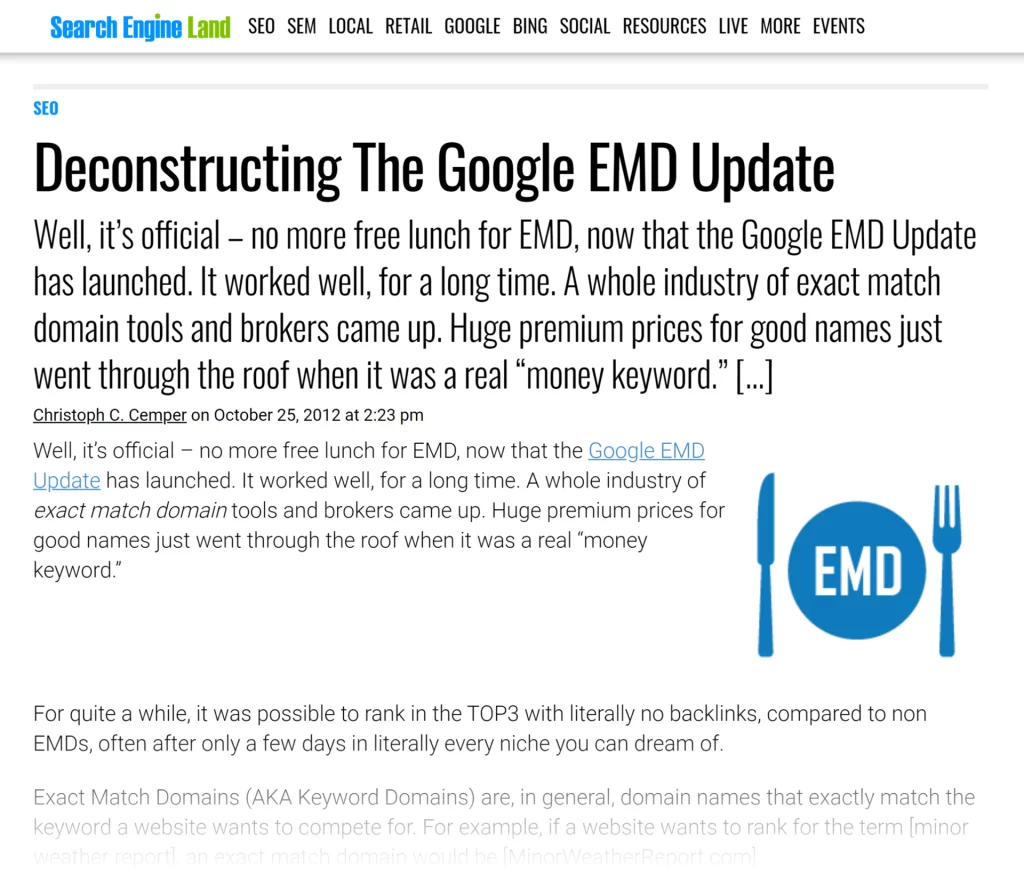
- Public vs. Private WhoIs: A private WhoIs—the service that registers a domain—could be a signal that you’re hiding something, which could negatively impact your site’s ranking. A statement by Googler Matt Cutts:
“…When I checked the whois on them, they all had “whois privacy protection service” on them. That’s relatively unusual. …Having whois privacy turned on isn’t automatically bad, but once you get several of these factors all together, you’re often talking about a very different type of webmaster than the fellow who just has a single site or so.”
- Penalized WhoIs Owner: If Google identifies a person as a spammer, all other sites owned by that person could be negatively impacted in the rankings.
See also: Five Important Search Engine Optimization (SEO) Ranking Factors
Page-Level Factors in Google Ranking
Page-level factors are specific characteristics of a webpage that can influence its position in search engine rankings. Here’s a comprehensive look at these factors:
- Keyword in Title Tag: The title tag should contain the keyword to help search engines understand the content of the page.
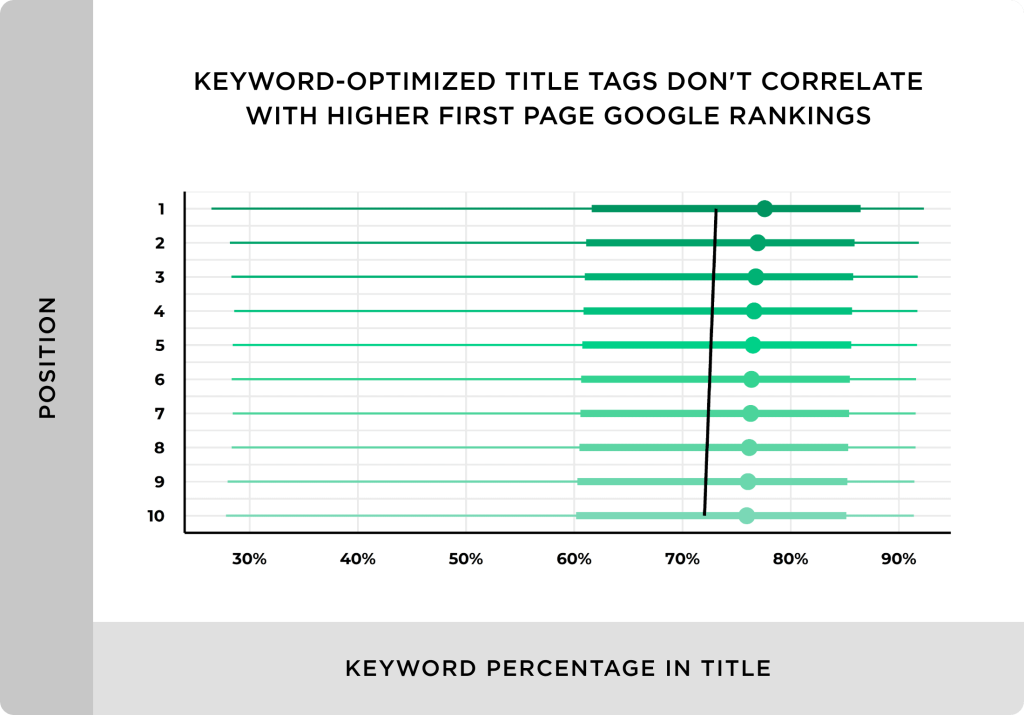
- Title Tag Starts with Keyword: Pages with title tags that start with the target keyword may perform better than those where the keyword appears later.
- Keyword in Description Tag: Including the keyword in the meta description can help emphasize the relevance of your content.
- Keyword Appears in H1 Tag: The H1 tag usually serves as the headline for a page. Including the keyword here can further signal the content topic.
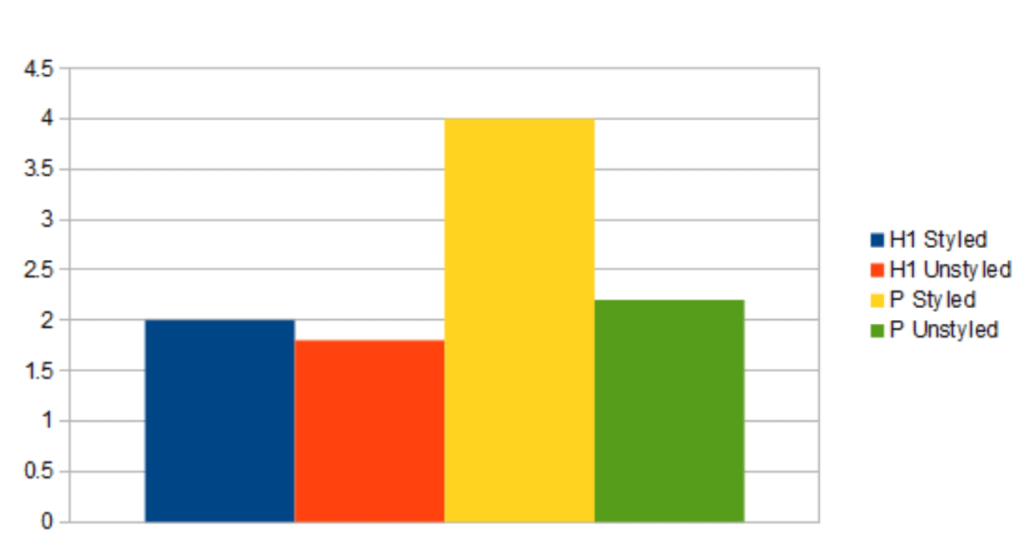
- Keyword is Most Frequently Used Phrase in Document: This can help reinforce the subject matter of your content.
- Content Length: Longer, comprehensive content tends to rank higher as it likely provides more value to the reader.
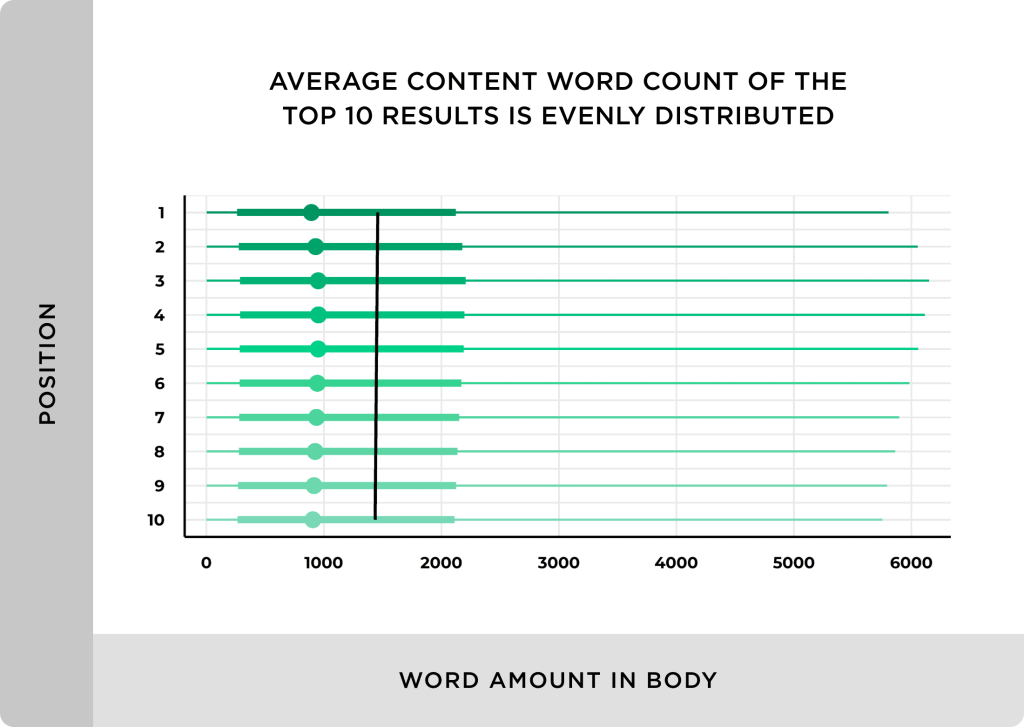
- Keyword Density: A reasonable frequency of your keyword in the content can indicate the topic of your page to Google.
- Latent Semantic Indexing (LSI) Keywords in Content: These are semantically related keywords that help search engines understand the context of your content.
- LSI Keywords in Title and Description Tags: Including LSI keywords in your title and description tags can help improve your page’s relevancy.
- Page Loading Speed: Faster pages provide a better user experience and are favored by Google.
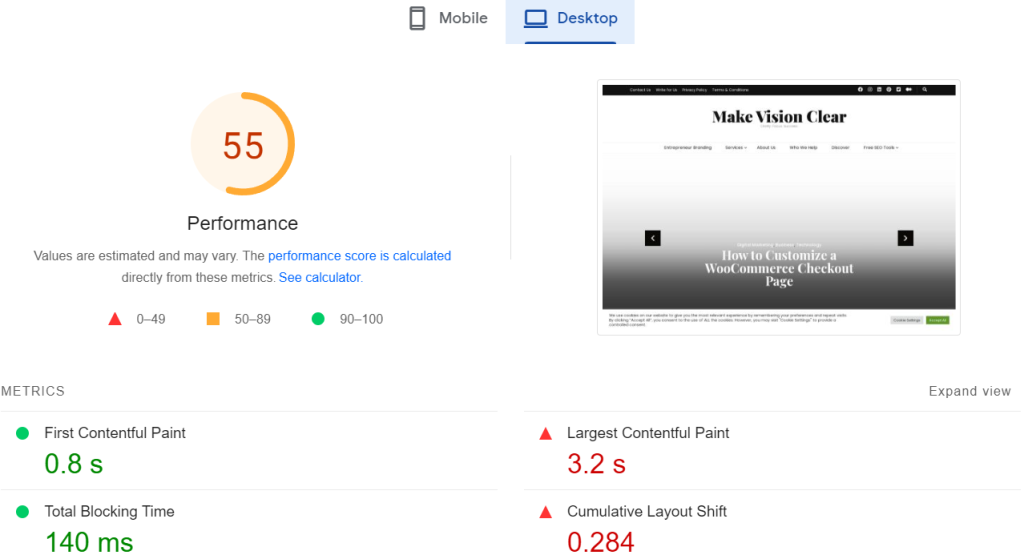
- Duplicate Content: Unique content is important. Pages with content that appears elsewhere may struggle to rank.
- Rel=Canonical: This tag tells search engines which version of a page to index when multiple versions exist, preventing issues with duplicate content.
- Image Optimization: Properly formatted images with descriptive alt text can improve your page’s relevance and accessibility.
- Content Updates: Regularly updated content is viewed as more relevant than stale content.
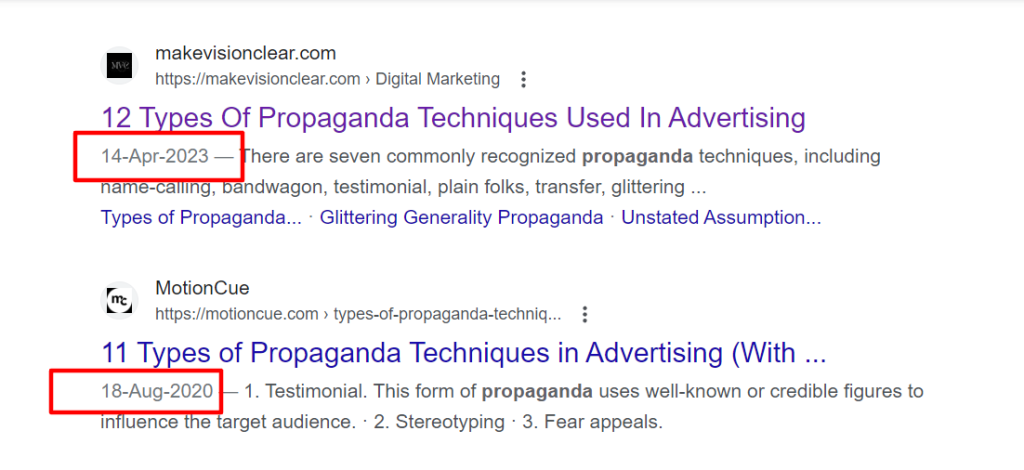
- Outbound Link Quality: Links to authoritative, relevant pages can indicate that your content is well-researched.
- Grammar and Spelling: High-quality content should be free of grammar and spelling errors.
- Syndicated Content: If your content is syndicated from other sources, this could impact your page’s ability to rank.
- Helpful Supplementary Content: This includes things like charts, images, and infographics that support the main content.
- Number of Outbound Links: Too many outbound links can dilute the page’s link equity, potentially impacting its ability to rank.
- Multimedia: Use of multimedia like images, videos, and audio can enhance the user experience.
- Number of Internal Links Pointing to Page: This can help search engines understand the content and importance of a page.
- Quality of Internal Links Pointing to Page: Links from authoritative or high-quality pages can improve a page’s perceived value.
- Broken Links: These can negatively impact user experience and potentially harm your page’s ranking.
- Reading Level: Content that matches the reading level of your target audience can improve user experience and engagement.

- Affiliate Links: These should be used sparingly and appropriately disclosed.
- HTML Errors/W3C Validation: Pages that follow HTML standards and are free of coding errors are likely to be better indexed by search engines.
- Page Host’s Domain Authority: Pages on domains with higher authority often have an advantage in ranking.
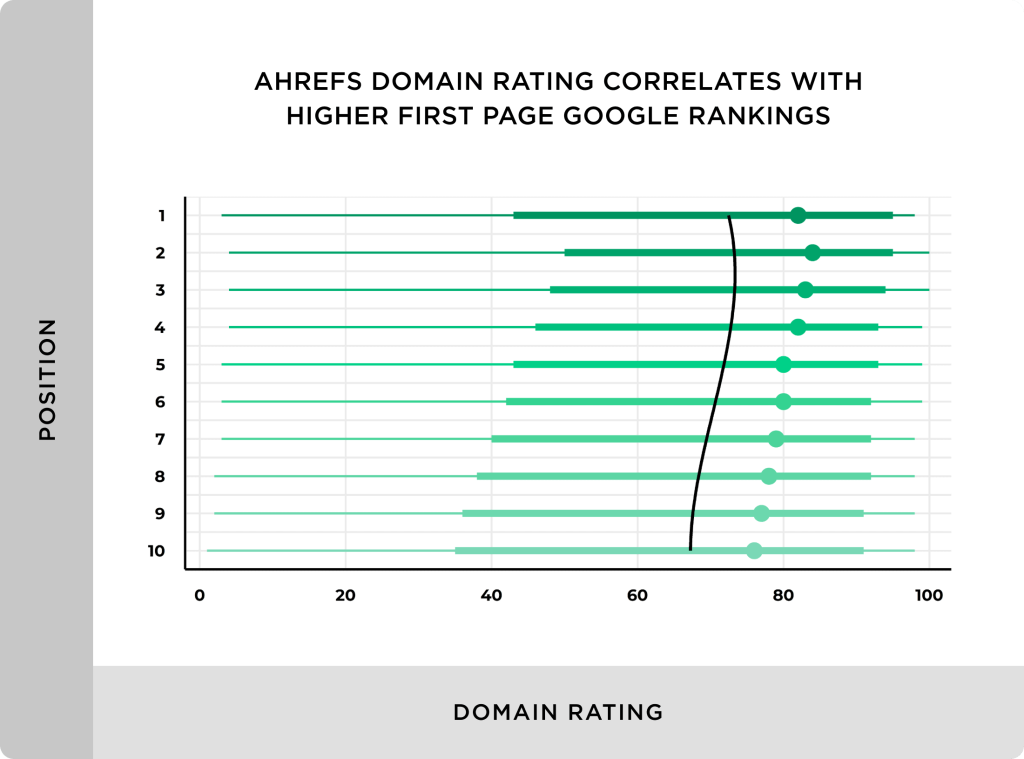
- Page’s PageRank: This is a Google metric that considers the quality and quantity of links to a page to estimate its importance.
- URL Length: Shorter URLs are generally preferable, and should ideally include keywords.
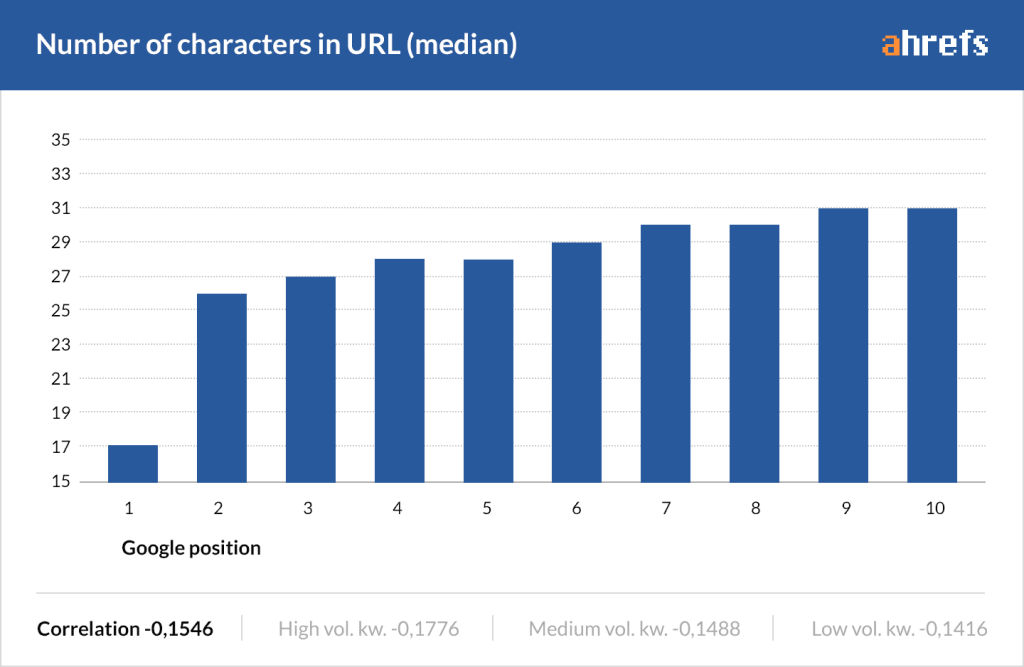
- URL Path: A page closer to the homepage may get a slight authority boost.
- Human Editors: Although not confirmed, it’s believed that Google employs human editors who can influence page rankings.
- Page Category: The category the page belongs to can influence its relevance to certain search queries.

- WordPress Tags: Tags can help categorize information and improve usability, which can indirectly influence SEO.
Site-Level Factors for Google Ranking
Just as individual pages have specific factors that influence their ranking, there are also site-level factors that Google’s algorithm considers when evaluating your entire website.
- Content Provides Value and Unique Insights: Google values sites that provide unique, valuable content to users. This means your site should offer insights or information that isn’t readily available on other sites.
- Contact Us Page: A clear and easily accessible “Contact Us” page can enhance user trust and improve site usability, both of which are important to Google.
- Domain Trust/TrustRank: This is a measure of the trustworthiness of your site. High-quality backlinks, a clean track record, and quality content can all contribute to a higher TrustRank.
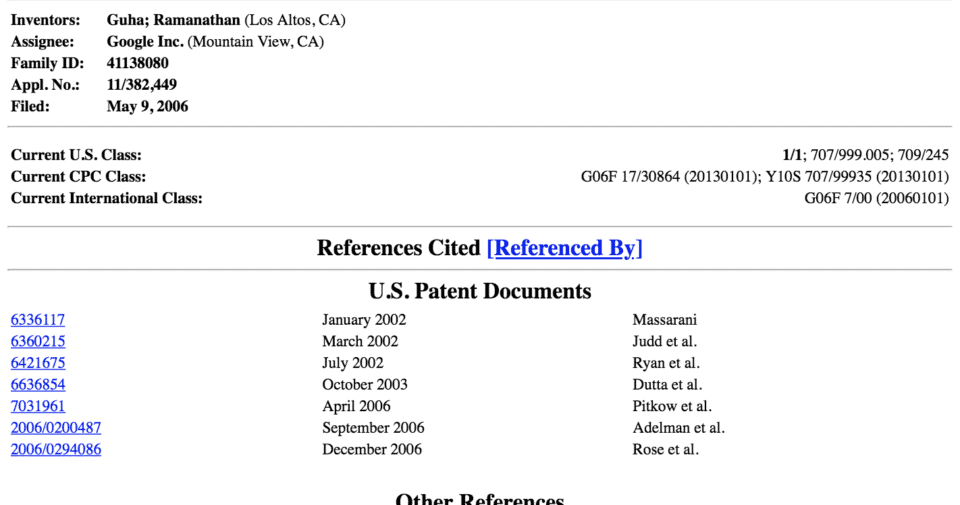
- Site Architecture: A well-structured site that’s easy to navigate can improve user experience and make it easier for search engines to crawl your site.
- Site Updates: Regularly updated content signals to Google that your site is alive and offering fresh information to users.
- Presence of Sitemap: A sitemap helps search engines understand the structure of your site and find all of its pages.
- Site Uptime: Frequent downtime can negatively impact your site’s ranking, as it provides a poor user experience.
- Server Location: The location of your server can influence your site’s speed and reliability, which can in turn affect your ranking.
- SSL Certificate: Sites with an SSL certificate (indicated by ‘https’ in the URL) are seen as more secure and trustworthy.
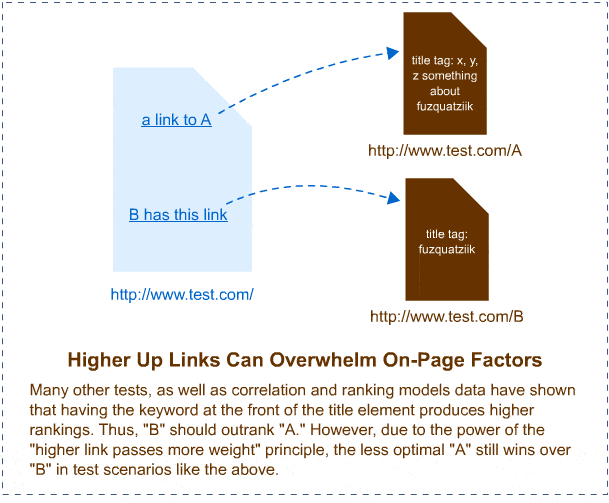
- Terms of Service and Privacy Pages: These pages can enhance user trust and are seen as a sign of a high-quality, trustworthy site.
- Duplicate Meta Information On-Site: Duplicate meta information can confuse search engines and may lead to ranking penalties.
- Breadcrumb Navigation: This type of navigation makes your site more user-friendly and helps search engines understand your site structure.

- Mobile Optimized: With the rise of mobile browsing, having a mobile-optimized site is crucial for user experience and ranking.
- YouTube: Having a YouTube channel linked to your site can enhance user engagement and provide additional avenues for traffic.
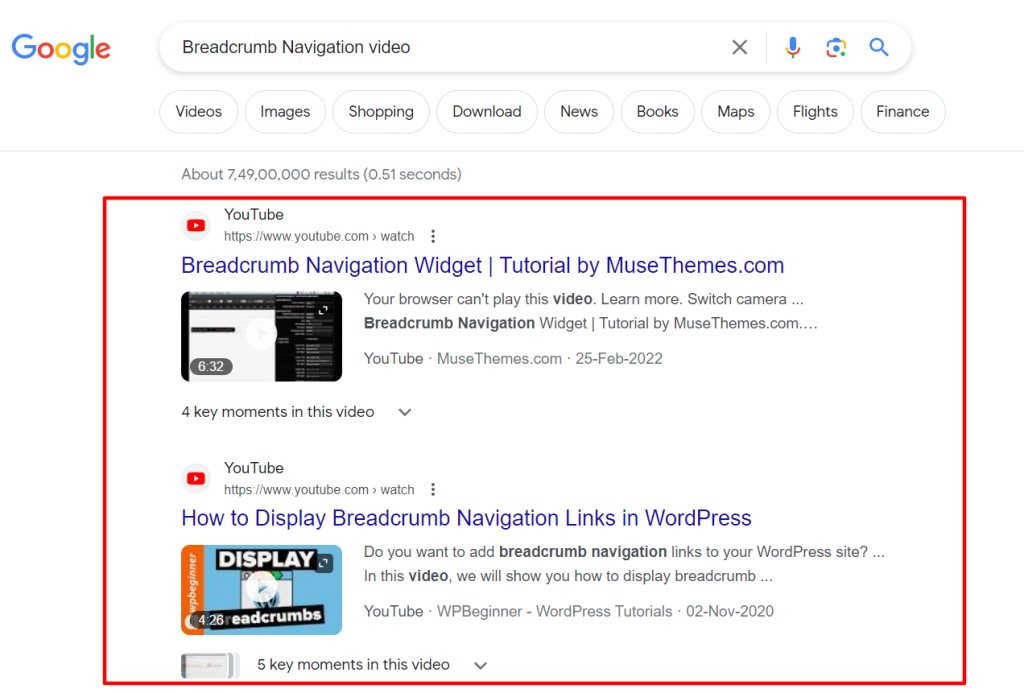
- Site Usability: A site that’s easy to use and navigate can lead to higher user engagement, longer on-site times, and better rankings.
- Use of Google Analytics and Google Webmaster Tools: These tools can provide valuable insights into your site’s performance and help you make data-driven improvements.
Backlink Factors in Google Ranking
Backlinks, also known as inbound links or incoming links, are created when one website links to another. They are a key aspect of SEO because they signal to search engines that other websites vouch for your content.
If many sites link to the same webpage or website, search engines can infer that the content is worth linking to, and therefore also worth surfacing on a search engine results page.
In essence, backlinks to your website are a signal of trust from others sites and play a significant role in search engine optimization. They can help your site gain more visibility, higher organic search rankings, and increased traffic.
Now, let’s dive into the specific backlink factors that Google’s algorithm considers when ranking your site:
- Linking Domain Age: Links from older, well-established domains can be more beneficial than links from newer ones.
- Number of Linking Root Domains: The more unique domains that link to your site, the better, as it shows a wider breadth of sites find your content valuable.
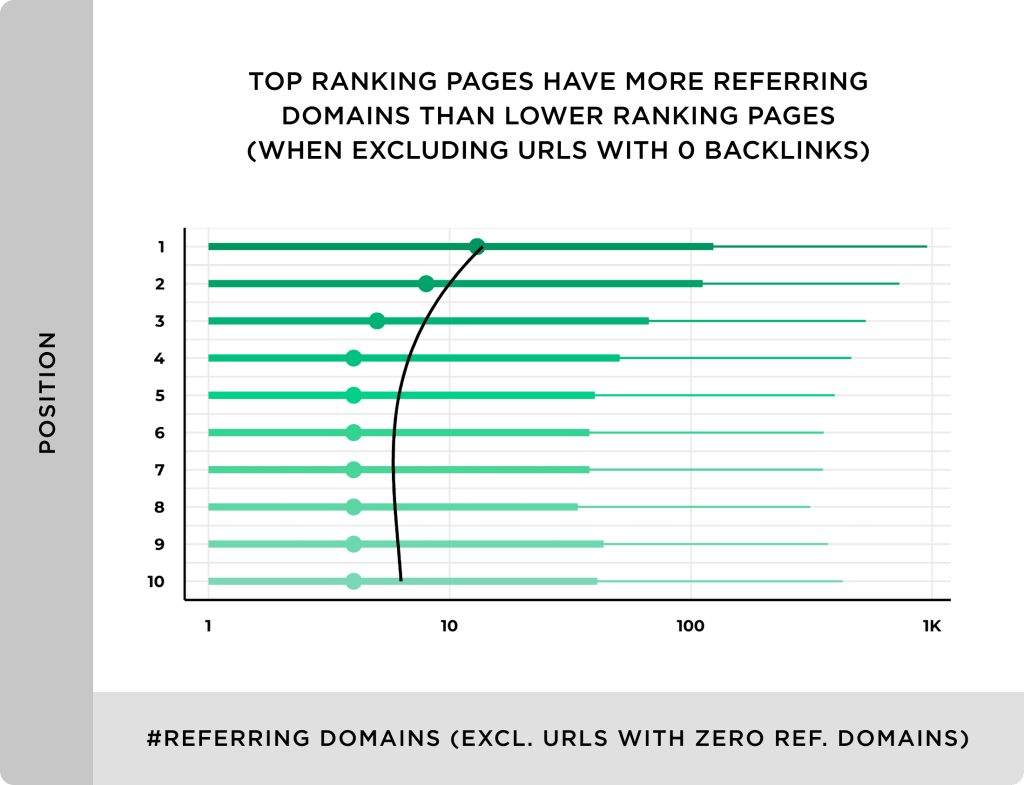
- Number of Links from Separate C-Class IPs: Links from separate C-class IP addresses suggest a wider range of sites are linking to you.
- Number of Linking Pages: The total number of linking pages, even from the same domain, can positively influence your ranking.
- Alt Tag (for Image Links): For images that link to your site, the alt text acts like anchor text and can improve your ranking for the keywords it contains.
- Authority of Linking Page: The authority of the linking page can impact the value of the backlink.

- Authority of Linking Domain: Similarly, the overall domain authority of the linking site can influence the link’s value.
- Links from “Expected” Websites: Imagine you’re at a party. You’d expect to see your friends there, right? The same goes for your website. There are certain websites in your niche that you’d expect to link to you. It’s like a friendly nod from those in your industry.
- Links From Competitors: Links from other sites in your niche or industry can signal to Google that your content is a trusted authority.
- Social Shares of Referring Page: If the page linking to your site has a high number of social shares, this could indirectly improve your backlink’s value.
- Links from Bad Neighborhoods: Links from “bad neighborhoods,” or dubious sites, can harm your site’s ranking.
- Guest Posts: Backlinks gained through guest posting can be valuable, but they must be well-integrated and relevant.
- Links from Ads: Links that are part of an advertisement should be no followed, as they don’t occur naturally.
- Homepage Authority: The authority of your homepage can influence the ranking of your other pages.
- Nofollow Links: These links pass no link juice, but they can still indirectly influence your ranking by contributing to a natural backlink profile. Google’s official statement:
“In general, we don’t follow them.”
- Diversity of Link Types: A variety of link types (e.g., from articles, directories, and comments) can contribute to a natural-looking backlink profile.
- Sponsored or UGC Tags: Think of these as name tags at a conference. They help Google understand who’s who. “Sponsored” tags are for those who’ve paid to be there (sponsored links), while “UGC” tags are for the guests who are actively participating in the conversation (user-generated content like comments and forum posts).
- Contextual Links: Links within the body of a page’s content are typically more valuable than links in footers or sidebars.
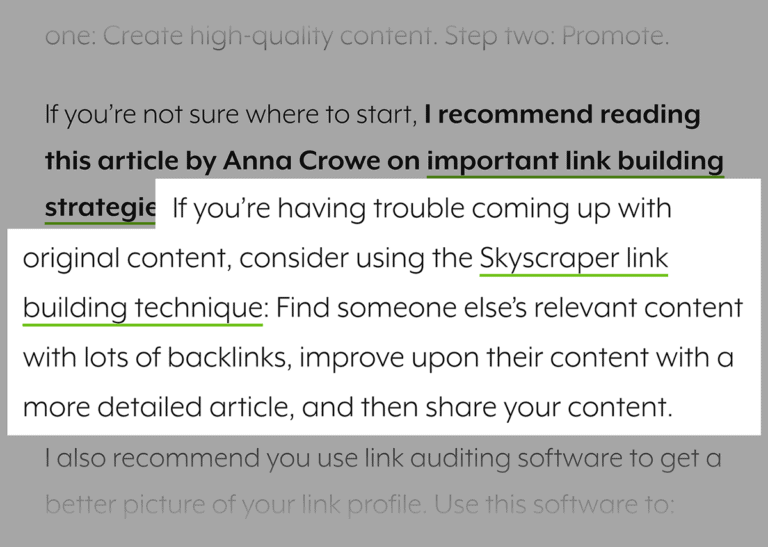
- Excessive 301 Redirects to Page: Too many redirects can signal a low-quality site, negatively impacting your ranking.
- Internal Link Anchor Text: This is like giving someone directions inside your house. “The bathroom? It’s the second door on the right.” The anchor text in your internal links helps Google navigate your site and understand what each page is about.
- Backlink Anchor Text: Anchor text using your target keywords can boost your ranking for those keywords, but be careful not to overdo it. Google Statement:
“First, anchors often provide more accurate descriptions of web pages than the pages themselves.”
- Link Title Attribution: The title attribute of a link (i.e., the text that appears when you hover over a link) can provide additional context and may contribute to your ranking.
- Country TLD of Referring Domain: Links from country-specific top-level domains (.us, .uk, .ca) could help you rank better in those countries.
- Link Location In Content: Links in the beginning of a piece of content may carry slightly more weight than links further down.

- Link Location on Page: Links in the content of a page are more valuable than links in footers or sidebars.
- Linking Domain Relevancy: A link from a domain that’s relevant to your industry or niche can be more valuable than a link from an unrelated domain.
- Page-Level Relevancy: Similarly, a link from a page that’s closely related to your content can be more beneficial than one from a page that’s unrelated.
- Text Around Link Sentiment: Google likely determines the sentiment of the text around a link to understand more about the nature of the link.
- Positive Link Velocity: This is like getting more and more party invitations. The more you get (and the faster you get them), the more popular you seem. A positive link velocity means your site is getting backlinks at a fast rate, and Google loves popular sites!
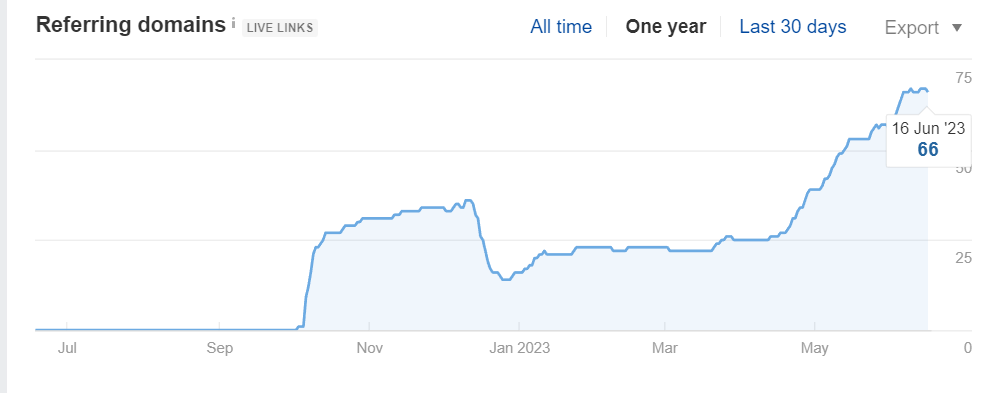
- Negative Link Velocity: Negative Link Velocity: On the flip side, if you start getting fewer party invites, people might think you’ve lost your touch. A negative link velocity, where you’re losing backlinks over time, can send a bad signal to Google.
- Keyword in Title: The presence of your target keyword in the title of the linking page can signal to Google that the link is relevant.
- Links from “Hub” Pages: These are the VIPs of your niche. They’re recognized as authorities and have a lot of connections (outbound links) to relevant, high-quality content. A link from them is like getting a shoutout from a celebrity!
- Link from Authority Sites: This is like getting a recommendation from a trusted expert. Links from high-authority sites tell Google that your site is trustworthy and valuable, giving your SEO a big boost.
- Linked to as Wikipedia Source: If you’re quoted as a source on Wikipedia, that’s like being referenced in an academic paper. It’s a strong signal of your website’s authority and credibility.
- Co-Occurrences: These are the words that hang out around your backlinks. They help Google understand the context of your link and the relationship between your site and the site linking to you. It’s like understanding the conversation happening around the mention of your name at a party.
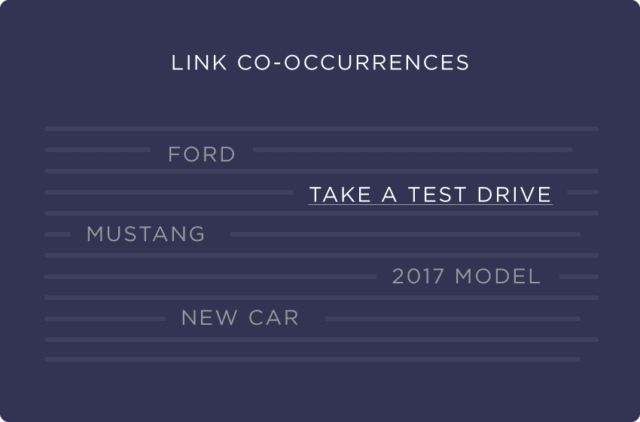
- Backlink Age: Think of this as a long-term friendship. The older the backlink, the more trustworthy it becomes. Google prefers links that have stood the test of time.
- Links from Real Sites vs. “Splogs”: This is like the difference between getting a compliment from a genuine friend versus a robot. Google values links from real, active websites much more than those from spam blogs (or “splogs”).
- Natural Link Profile: A natural link profile is like having a diverse group of friends. Google prefers when your backlinks come from a variety of sources, which indicates that your website is genuinely valuable to a wide audience.
- Reciprocal Links: This is like trading favors with a friend. “I’ll link to you if you link to me.” But be careful, too many reciprocal links can look suspicious to Google.
- User Generated Content Links: These are links that come from content created by users, like forum posts and blog comments. They can be valuable, but because they’re easier to manipulate, they may not carry as much weight as other links.
- Links from 301: This is like moving to a new house and having all your mail forwarded. A 301 redirect is a permanent redirect from one URL to another, and any links to the old URL are passed on to the new one.
- Schema.org Usage: Using Schema.org markup is like speaking Google’s language. It helps Google understand your content and can make your site more visible in search results.

- TrustRank of Linking Site: This is like the reputation of your friends. The higher the TrustRank of the site linking to you, the better for your SEO.
- Number of Outbound Links on Page: This is like a friend who introduces you to everyone at a party. If a page links to many other sites, your link may not carry as much weight because it’s one of many.
- Forum Links: These are links from online forums. They can be valuable, especially if the forum is relevant to your niche, but they’re often considered less valuable than other types of links.
- Word Count of Linking Content: This is like the length of a speech recommending you. A link from a longer, in-depth piece of content may carry more weight than a link from a short paragraph.
- Quality of Linking Content: This is like the difference between a recommendation from a well-researched report and a casual conversation. Links from high-quality, well-written content are more valuable than links from low-quality content.
- Sitewide Links: These are links that appear on every page of a website, like in the footer or sidebar. They can be valuable, but because they can be manipulated, they may not carry as much weight as other links.
- Links from .edu or .gov Domains: These domains have high authority, so a backlink from them is very valuable.
See also: 15 Ways To Build Free Backlinks That Actually Get Results
User Interaction
User interaction refers to how users engage with your website. Google’s algorithm considers these interactions as part of its ranking factors, as they can indicate the quality and relevance of your site to a user’s search query.
107. RankBrain: RankBrain is a component of Google’s core algorithm which uses machine learning (the ability of machines to teach themselves from data inputs) to determine the most relevant results to search engine queries. It can interpret complex, multi-word queries and the relevance of different webpages.
Moreover, it learns over time to improve its understanding of these queries and the suitability of different webpages. This means that it can predict and prioritize webpages that users are likely to find the most useful.
108. Organic Click Through Rate for a Keyword: This is the percentage of users who see your site in search results for a specific keyword and click on it. A higher click-through rate can signal to Google that your site is a relevant and valuable resource for that keyword.
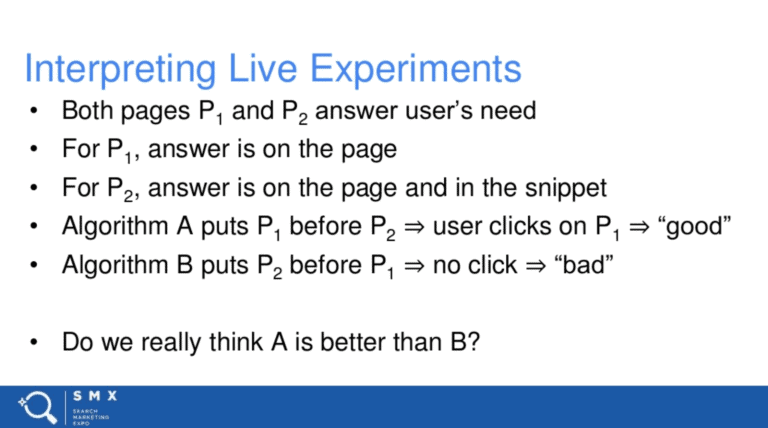
109. Organic CTR for All Keywords: Organic Click-Through Rate (CTR) is a measure of how often people click on your website in the search results after searching for any keyword your website ranks for.
A higher CTR indicates that users find your listing relevant and enticing, which Google can take as a positive signal about the quality and relevance of your website. Therefore, optimizing your title tags and meta descriptions to improve your CTR can potentially improve your SEO performance.
110. Bounce Rate: This is the percentage of visitors who leave your site after viewing only one page. A high bounce rate could indicate that users aren’t finding what they’re looking for on your site, which could negatively impact your ranking.
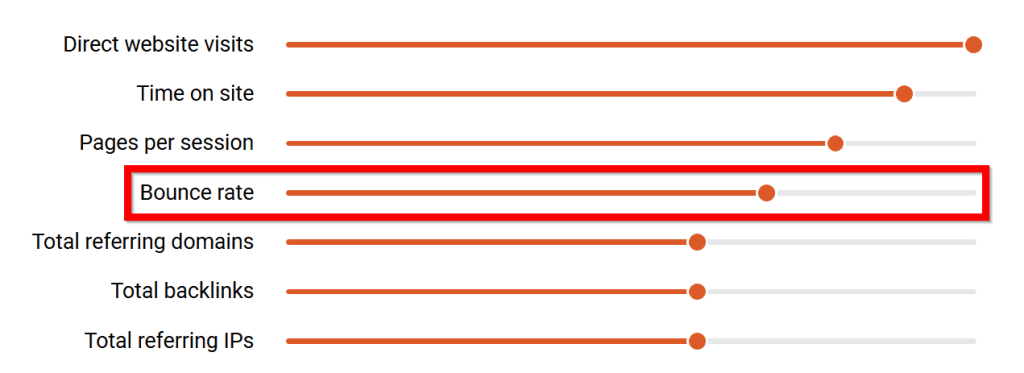
111. Direct Traffic: This refers to users who arrive at your site by typing your URL directly into their browser. High levels of direct traffic can indicate to Google that your brand is well-known and trustworthy.
112. Repeat Traffic: If users frequently return to your site, it can signal to Google that your site offers valuable content and a good user experience.
113. Blocked Sites: If a user chooses to block your site from their search results, it could negatively impact your ranking.
114. Pogosticking: Pogosticking occurs when a user performs a search, clicks on a result, quickly goes back to the search result page, and clicks on a different result. This behavior indicates that the initial page did not satisfy the user’s query, and Google may interpret this as a sign that the page should rank lower for that query.
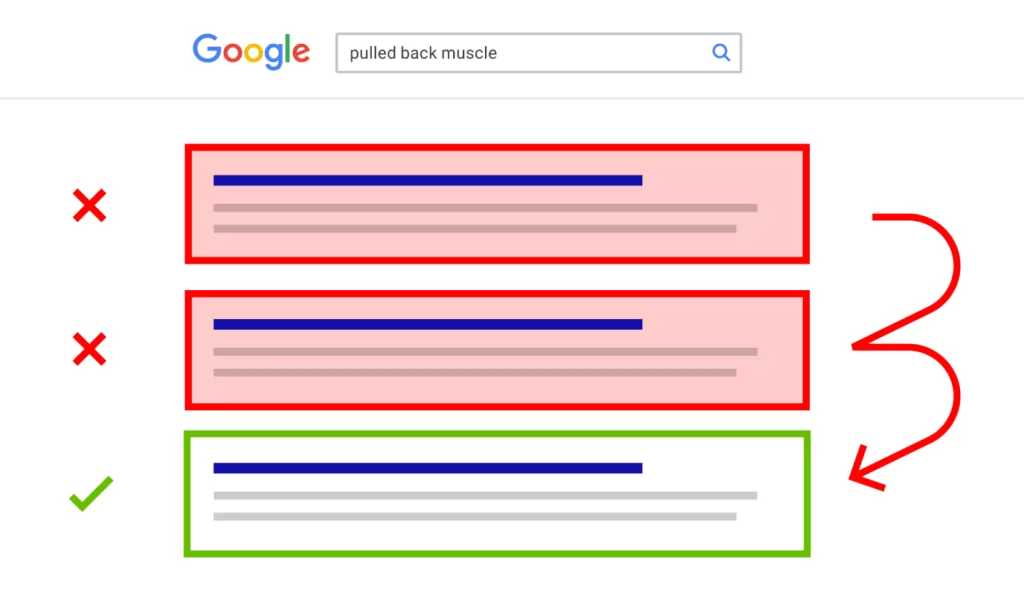
115. Chrome Bookmarks: If many users bookmark your site in their Chrome browser, it could signal to Google that your site is valuable and relevant.
116. Google Toolbar Data: Google may use data from its toolbar to gather information on how users interact with your site.
117. Number of Comments: A high number of comments on your content can indicate high user engagement, which could positively impact your ranking.
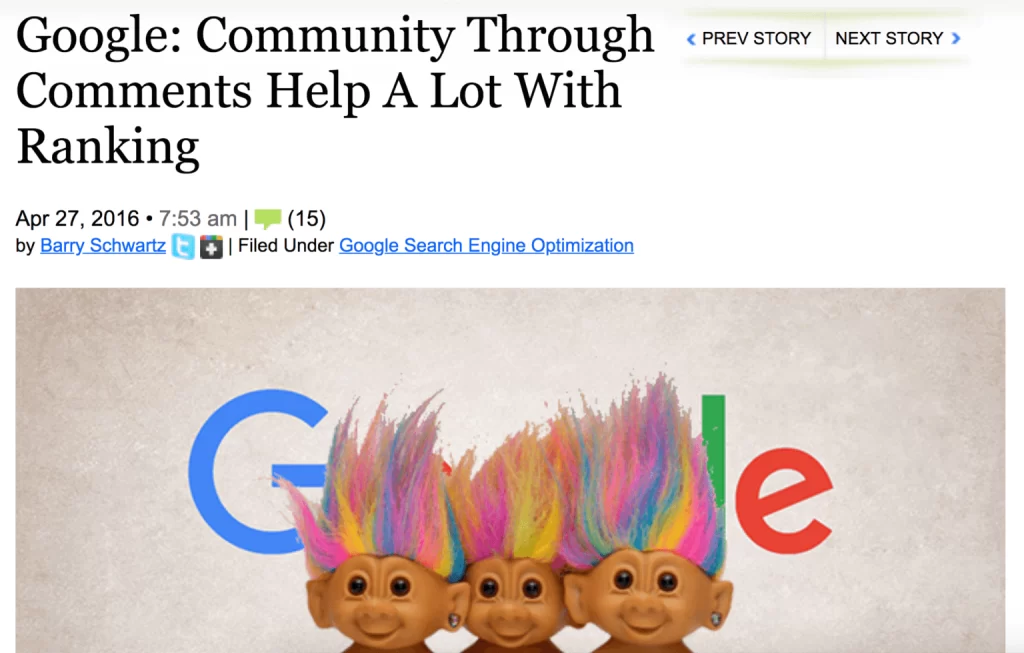
118. Dwell Time: This is the amount of time a user spends on your site after clicking on it from the search results. Longer dwell times can indicate that users find your content valuable and relevant.
See also: Drive 3.5x More Conversions With B2B Marketing
Special Google Algorithm Rules
Google’s algorithm isn’t just about analyzing the content of web pages and the quality of backlinks. It also includes special rules that can influence the search results under specific circumstances. Here are some of these special Google algorithm rules:
119. Query Deserves Freshness (QDF): For certain searches, newer content may be more relevant than older pages. For example, if you’re searching for the latest news on a current event, Google will prioritize fresh content.
120. Query Deserves Diversity (QDD): For some queries, users may appreciate a diversity of results. For instance, a search for “apple” could return results about the fruit, the tech company, and the record label.
121. User Browsing History: Google may personalize search results based on a user’s past browsing history.
122. User Search History: Similarly, Google can customize search results based on a user’s past search queries.
123. Geo-Targeting: Google often prioritizes local results when it’s relevant to the search query.
124. Featured Snippets: Featured snippets are selected search results that are featured on top of Google’s organic results below the ads in a box. They are designed to answer the user’s question right away, providing both the page’s URL and a relevant excerpt from the page. They are a great way to increase visibility and drive more traffic to your site.
125. Safe Search: When Safe Search is enabled, Google filters out explicit content from search results.
126. “YMYL” Keywords: YMYL stands for “Your Money or Your Life”. These are topics that could potentially impact a person’s future happiness, health, financial stability, or safety. Google holds websites to the highest standard when it comes to these topics because inaccurate or misleading information could have serious consequences. Therefore, sites that want to rank for YMYL keywords need to demonstrate a high level of expertise, authoritativeness, and trustworthiness (E-A-T).
127. DMCA Complaints: Sites with DMCA complaints against them may be penalized in search rankings.
128. Domain Diversity: Google often tries to show results from a variety of domains for a single query.
129. Transactional Searches: For searches with a clear transactional intent (like “buy iPhone 12”), Google might show more shopping results.

130. Local Searches: For searches with local intent (like “digital marketing in Florida USA”), Google will prioritize local businesses.
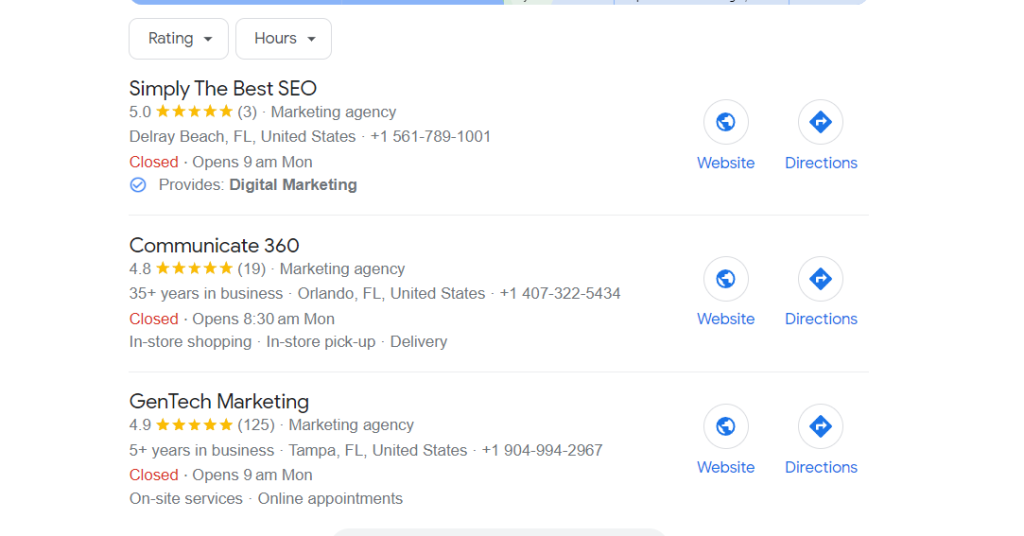
131. Google News Box: For news-related searches, Google may display a box of news stories at the top of the results.
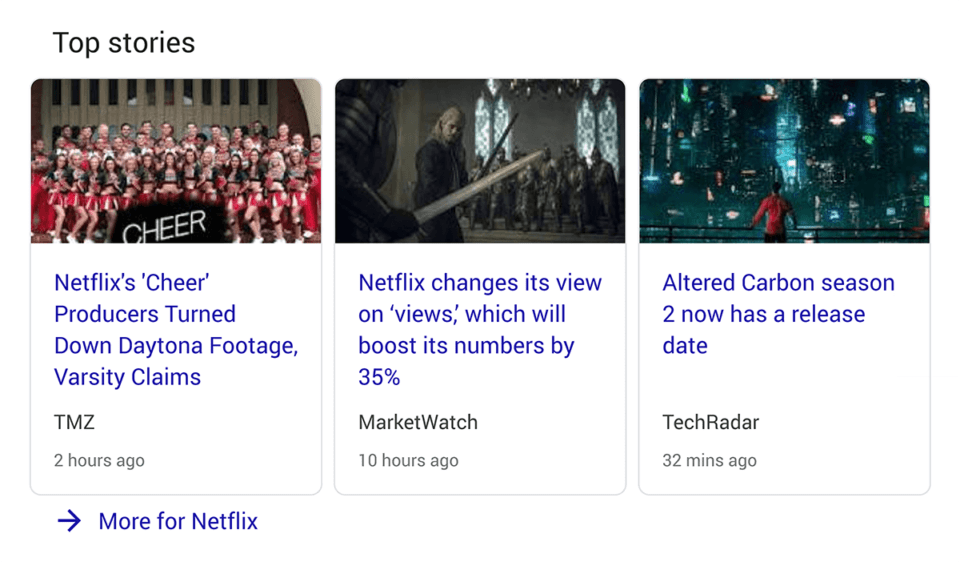
132. Big Brand Preference: For certain searches, Google may prioritize big brands.
133. Shopping Results: Google often includes product listings for searches with clear commercial intent.
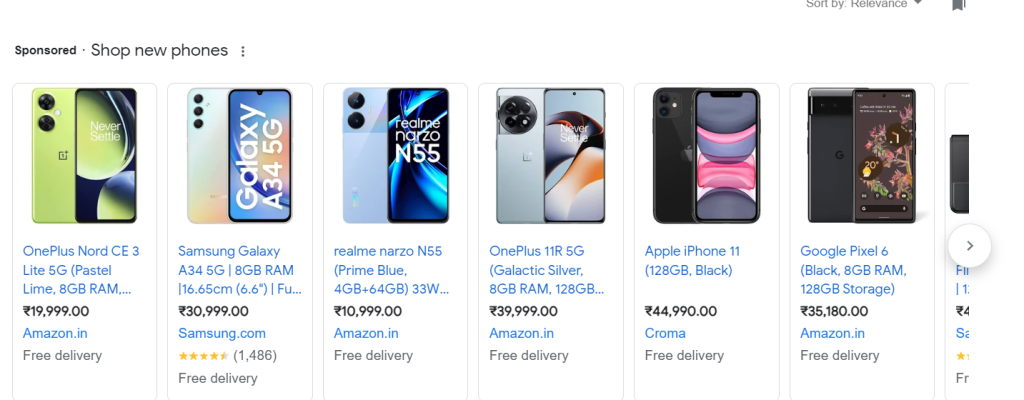
134. Image Results: For some searches, particularly those related to visual topics, Google may include a block of image results.
135. Easter Egg Results: Google occasionally includes Easter eggs in its search results. These are fun, interactive features or surprises related to specific search queries. For example, if you search for “Atari Breakout” in Google Images, you can actually play the game. While Easter eggs don’t directly impact your site’s SEO, they demonstrate Google’s ability to provide engaging, interactive content in its search results.
136. Payday Loans Update: This is a specific algorithm update that Google launched to target “very spammy queries”, often associated with excessive web spam events. The update was aimed at cleaning up search results for traditionally “spammy” sectors like payday loans and pornographic sites. It’s a reminder that Google is constantly updating its algorithms to penalize low-quality or spammy content and reward high-quality content.
137. Single Site Results for Brands: For queries related to specific brands, Google may show multiple results from the brand’s domain.
Understanding these special rules can help you better understand how Google’s algorithm works and how you can optimize your site to perform well under a variety of search scenarios.
See also: How to Customize a WooCommerce Checkout Page
Social Signals
Social signals refer to the collective shares, likes, and overall social media visibility as perceived by search engines. These activities contribute to a page’s organic search ranking and are seen as another form of citation, similar to backlinks.
138. Number of Tweets: The total count of tweets and retweets a page has could influence its search ranking.
139. Authority of Twitter Users Accounts: Tweets from high-profile Twitter accounts could have a greater impact than those from less influential accounts.
140. Number of Facebook Likes: While not a direct ranking factor, a high number of likes on your content could indicate its popularity and relevance.
141. Facebook Shares: Similar to likes, a high number of shares could signal to Google that your content is valuable.
142. Pinterest: Pins and repins on Pinterest could potentially influence your site’s ranking.
143. Votes on Social Sharing Sites: Votes on sites like Reddit, StumbleUpon, or Digg can indicate the quality and relevance of your content.
144. Number of Google+1’s: While Google+ is no longer active, when it was, the number of +1s a page received could influence its ranking.
145. Site-Level Social Signals: The collective social signals from all pages of a website could contribute to its overall authority and ranking.
146. Quality of Shared Content: The quality of the content being shared on social media platforms can influence how Google perceives your site.
147. Google Verified Authorship: While this program has been discontinued, when it was active, content by verified authors could rank higher.
148. Social Signal Relevancy: The shares and likes a page receives from users within its target demographic could be more valuable than those from non-relevant users.
149. Site-Level Social Signals: The overall social media visibility of a website, as seen through likes, shares, tweets, etc., can influence its search ranking.
See also: How to Customize a WooCommerce Checkout Page
Brand Signals
Brand signals refer to the elements that demonstrate your brand’s online presence and reputation to search engines. Google’s algorithm takes these signals into account when determining your site’s ranking. Here’s a look at some of these brand signals:
150. Brand Name Anchor Text: If other sites frequently link to yours using your brand name as anchor text, it can strengthen your brand signal.
151. Branded Searches: If users frequently search for your brand in Google, it can signal that your brand is well-known and relevant.
152. Brand + Keyword Searches: When users search for your brand in combination with a keyword, it indicates to Google that your brand is associated with that keyword. For example, if users frequently search for “Nike running shoes,” it signals to Google that Nike is a relevant result for the keyword “running shoes.”
153. Site Has Facebook Page and Likes: A popular Facebook page for your brand can enhance your brand signal.
154. Site has Twitter Profile with Followers: Similarly, a Twitter profile with a large number of followers can indicate a strong brand presence.
155. Official LinkedIn Company Page: A LinkedIn page for your company can enhance your brand’s professional image and contribute to your brand signal.
156. Known Authorship: This refers to the recognition of the author of a piece of content. If the author is a known expert in their field, it can enhance the credibility of the content and potentially improve its ranking in search results. Google can use signals like bylines on articles or author pages on a website to determine authorship.
In 2013, Google CEO Eric Schmidt made a bold statement:
“Within search results, information tied to verified online profiles will be ranked higher than content without such verification, which will result in most users naturally clicking on the top (verified) results.”
157. Employees Listed at LinkedIn: If your employees list your company in their work experience on LinkedIn, it can reinforce your brand signal.
158. Legitimacy of Social Media Accounts: Active, well-managed social media accounts can enhance your brand signal.
159. Brand Mentions on News Sites: If reputable news sites mention your brand, it can significantly boost your brand signal.
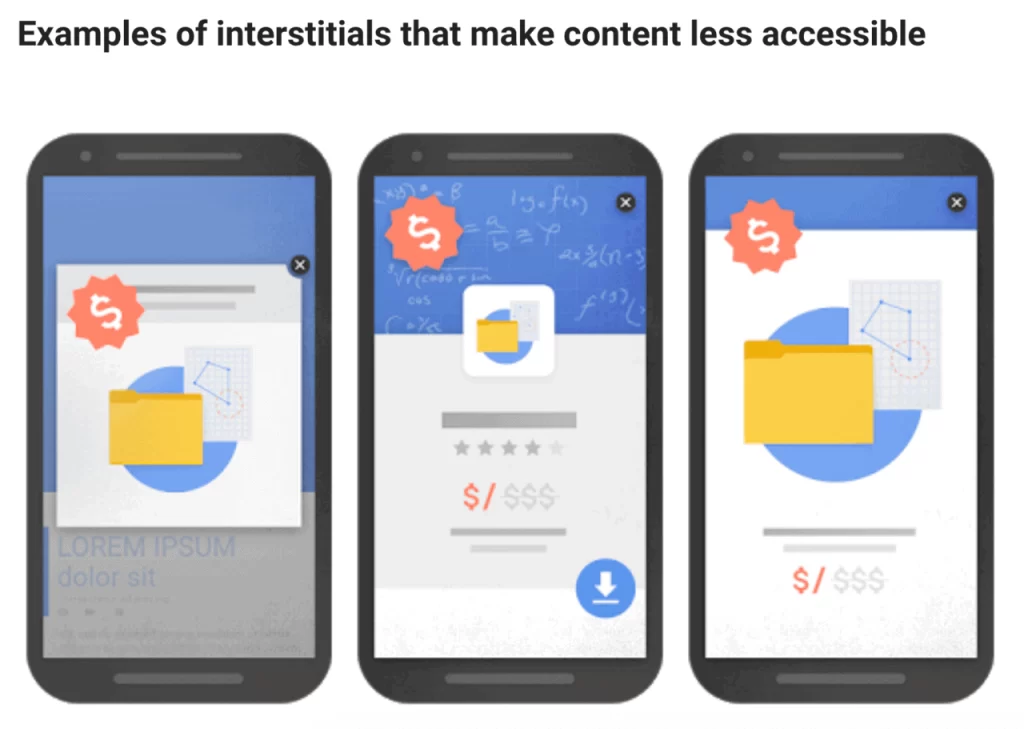
160. Co-Citations: Even if a site doesn’t link to yours, just mentioning your brand can contribute to your brand signal.
161. Number of RSS Subscribers: A high number of RSS subscribers can indicate a strong, loyal brand following.
162. Location in Google+ Local Listing: A verified location in Google+ Local can reinforce your brand’s legitimacy.
163. Site is Tax Paying Business: This is a bit harder to measure, but if Google can somehow determine that your business pays taxes, it could boost your brand signal.
164. Unlinked Brand Mentions: Even if a mention of your brand on another website doesn’t include a hyperlink to your site, it can still be a positive signal to Google. It shows that your brand is being talked about, which indicates that it’s notable or popular. Google’s algorithms are sophisticated enough to detect these unlinked mentions of your brand.
165. Brick and Mortar Location: Having a physical location can be a strong brand signal, especially for local search rankings. If your business has a physical address and that address is listed consistently across your website, Google My Business, and other online directories, it can help improve your visibility in local search results.
On-Site Webspam Factors
On-site webspam factors refer to tactics that attempt to manipulate search engine rankings in a way that violates Google’s guidelines. Google’s algorithm is designed to detect and penalize such behavior. Here are some of these webspam factors:
166. Panda Penalty: Google’s Panda update targets sites with low-quality content. If your site was hit by this penalty, it could significantly impact your rankings.
167. Links to Bad Neighborhoods: If your site links to spammy or low-quality sites, it could negatively affect your own ranking.
168. Redirects: Misleading or manipulative redirects can result in a penalty.
169. Popups or Distracting Ads: Excessive popups or ads that disrupt the user experience can lead to a lower ranking.
170. Interstitial Popups: Interstitial popups are those that appear on a page before the content loads or while a user is viewing the content. Google has started to penalize sites that use intrusive interstitials, especially on mobile devices, as they can create a poor user experience.
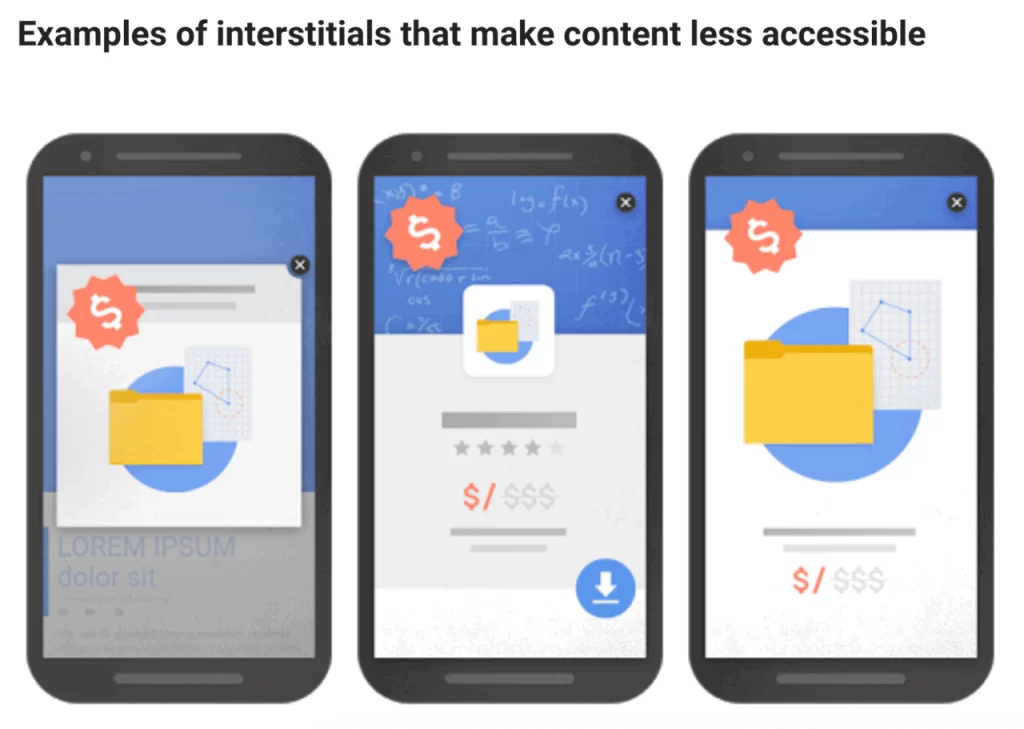
171. Gibberish Content: Content that doesn’t make sense or seems to be randomly generated can be a red flag for Google. It’s important to ensure that your website provides valuable, readable content that’s helpful to users.
172. Doorway Pages: These are pages created specifically to rank highly for specific search queries. They often funnel users to a single destination or serve as gateways to large amounts of duplicate content. Google views these as deceptive and will take action against sites that use them.
173. Fred: Fred is a name given to a series of Google updates that targeted low-quality content focused primarily on generating ad revenue. If your site was affected by this update, it’s likely because Google determined that your content doesn’t provide sufficient value to users.
174. Site Over-Optimized for Ads: If your site appears to be designed primarily to display ads rather than provide valuable content, it could be penalized.
175. Page Over-Optimized for Ads: Similarly, individual pages that are overly focused on ads rather than content can be penalized.
176. Ads Above the Fold: Having a large portion of ads above the fold (the part of the page visible without scrolling) can result in a penalty.
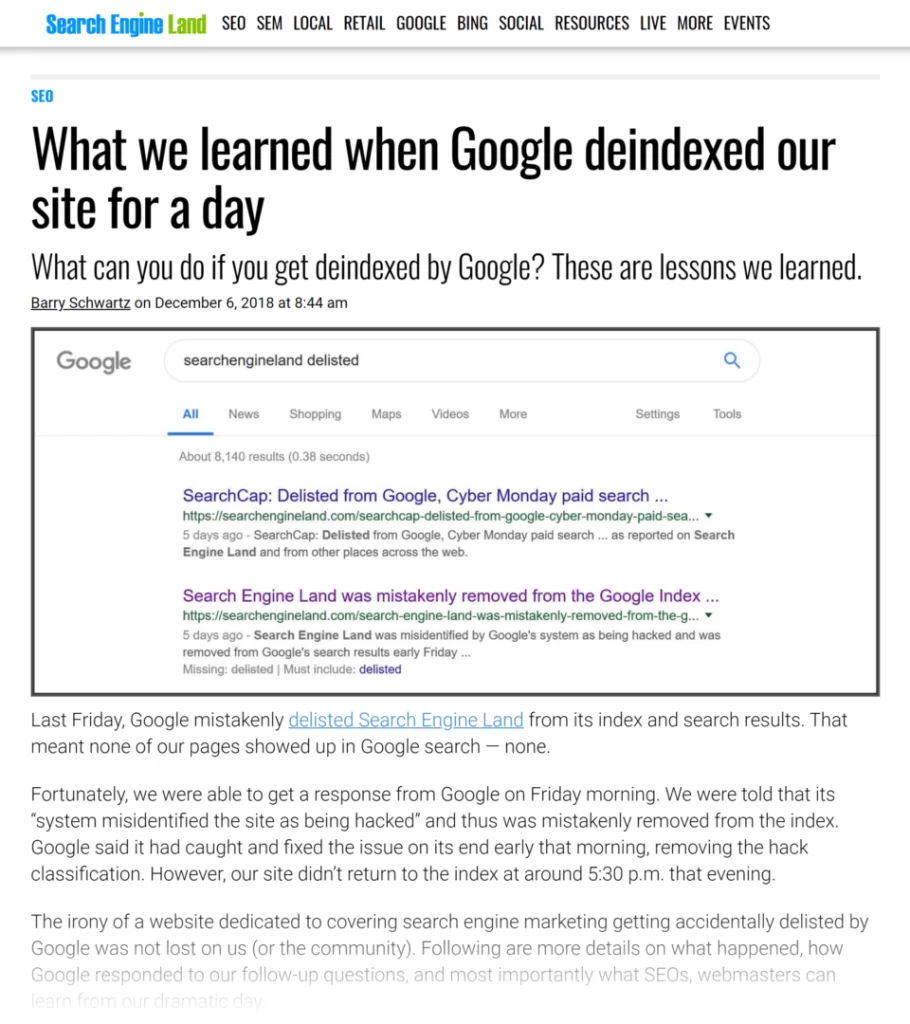
177. Hiding Affiliate Links: If you’re using deceptive practices to hide affiliate links, Google may penalize your site.
178. Affiliate Sites: Sites that primarily promote affiliate products without providing additional value can be seen as low-quality by Google.
179. Autogenerated Content: Content generated by automated means, often resulting in gibberish or incoherent text, can lead to a penalty.
180. Excess PageRank Sculpting: PageRank sculpting is a technique used to control the flow of PageRank within a website. However, excessive manipulation of internal links (e.g., nofollowing all outbound links or excessively using internal linking) can be seen as webspam and may lead to a penalty.
181. Excessive PageRank Sculpting: Trying to manipulate the flow of PageRank to certain pages through excessive use of nofollow tags can be seen as webspam.
182. IP Address Flagged as Spam: If your site’s IP address has been flagged for spam, it could impact your site’s ranking.
183. Meta Tag Spamming: Overusing keywords in your meta tags or using irrelevant keywords can be seen as spam.
By avoiding these webspam tactics, you can maintain the integrity of your site and ensure that your SEO efforts are in line with Google’s guidelines. Remember, the best way to achieve and maintain high rankings is to provide valuable, high-quality content to your users.
See also: Affiliate Marketing Boosts Your Business To Become A Brand
Off Page Webspam Factors
184. Unnatural Influx of Links: A sudden and unnatural increase in the number of backlinks to your site can signal manipulative link-building practices.
185. Hacked Site: Google strives to protect its users from harmful content. If your site is hacked and injected with malicious content, Google will flag it and it may be removed from search results until the issue is resolved. Regularly monitoring and maintaining your site’s security is crucial for its performance in search results.
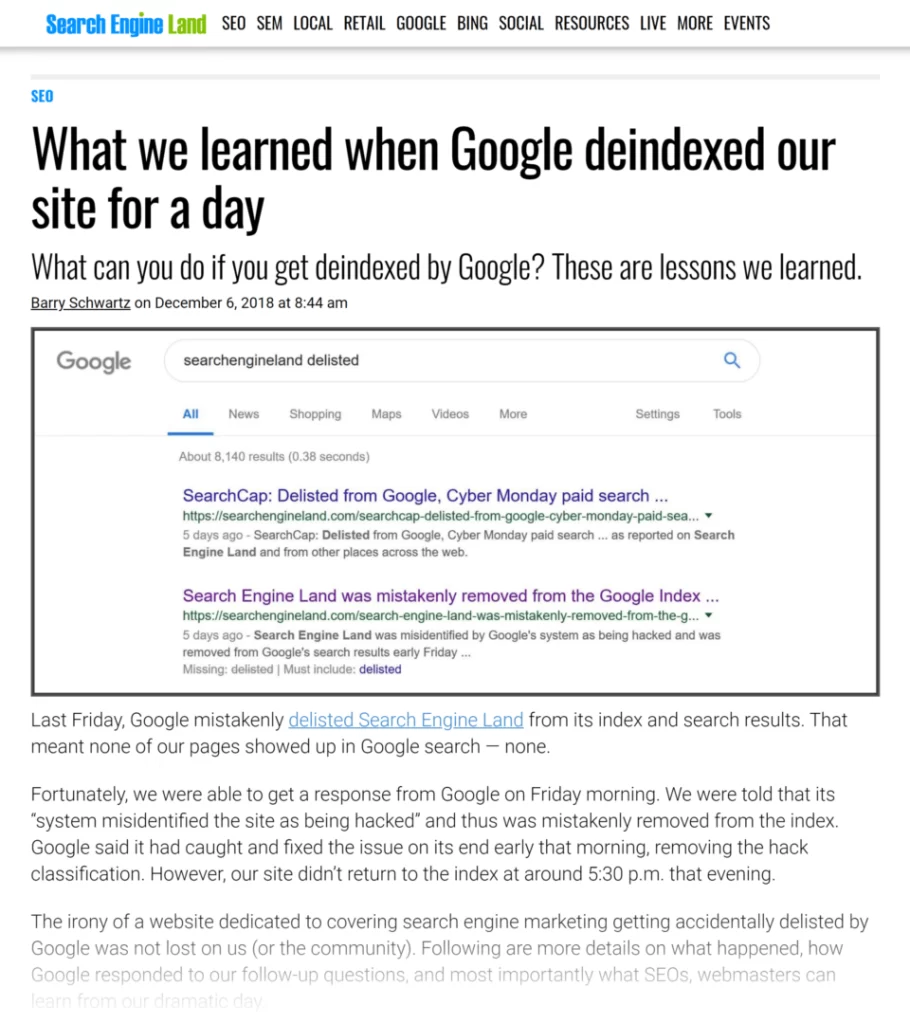
186. Penguin Penalty: Google’s Penguin update targets sites that use manipulative link schemes or keyword stuffing. If your site was hit by this penalty, it could significantly impact your rankings.
187. Link Profile with High % of Low Quality Links: If a large percentage of your backlinks come from low-quality or spammy sites, it could negatively affect your ranking.
188. Linking Domain Relevancy: Links from sites that are irrelevant to your content can appear unnatural and potentially lead to a penalty.
189. Unnatural Links Warning: If Google detects unnatural links pointing to your site, you may receive a warning in Google Search Console.
190. Low-Quality Directory Links: Links from low-quality directories can harm your site’s performance in search results. These directories often contain a vast number of links to low-quality sites and provide little value to users. Google’s algorithms can identify these low-quality directories and may penalize sites that have a high number of links from them.
191. Links From the Same Class C IP: Multiple links from sites on the same Class C IP could appear spammy and lead to a penalty.
192. Widget Links: Some widgets automatically create links back to the creator’s site. While this can be a legitimate way to gain backlinks, it can be abused to create a large number of low-quality backlinks. If Google identifies that a site is gaining a large number of backlinks through widgets, it may view this as an attempt to manipulate rankings and apply a penalty.
193. Unnatural Link Spike: A sudden and unnatural increase in the number of backlinks to a site can raise a red flag for Google. It may indicate that the site is attempting to manipulate its rankings through practices like buying links or participating in link schemes. Google’s algorithms can detect these unnatural link patterns and may penalize the site.
194. Links From Article Directories and Press Releases: Article directories and press releases are often used to distribute content to a wide audience. However, they can also be used to create a large number of low-quality backlinks. Google has stated that links from article directories and press releases can be seen as unnatural and may not help a site’s ranking.
195. Poison Anchor Text: If your backlinks consistently use the same, exact-match anchor text, it could appear manipulative and result in a penalty.
196. Manual Penalty: If a member of Google’s webspam team manually reviews your site and finds it in violation of Google’s guidelines, you could receive a manual penalty.
197. Selling Links: If Google detects that you’re selling links that pass PageRank, it could result in a penalty.
198. Google Sandbox: This is a theory that Google temporarily reduces the ranking of new websites until they prove their trustworthiness.
199. Google Dance: This term refers to the period of time during which Google rebuilds its rankings, and as a result, rankings of websites on Google’s SERP may fluctuate.
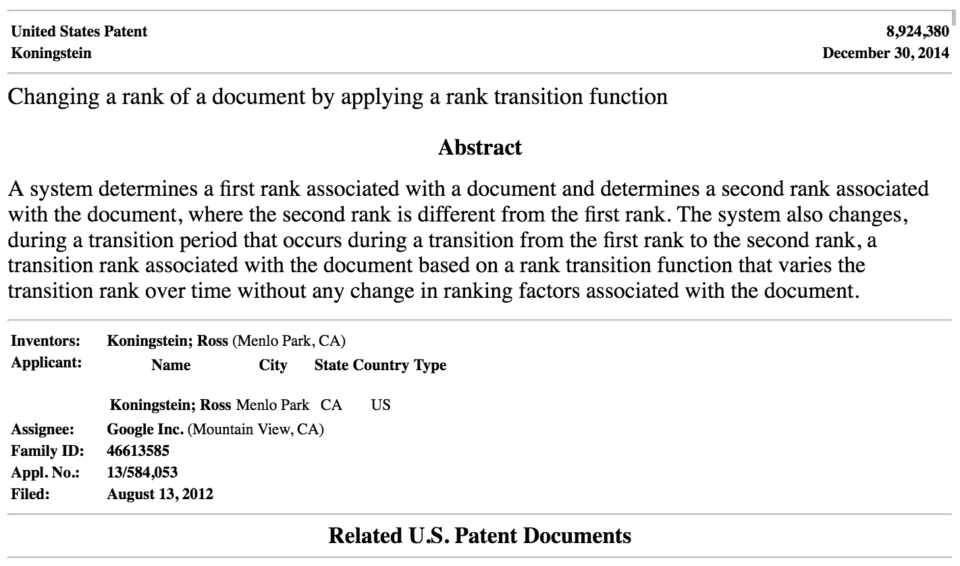
200. Disavow Tool: If you have a large number of spammy or low-quality links pointing to your site, you can use Google’s Disavow Tool to ask Google not to take these links into account when assessing your site.
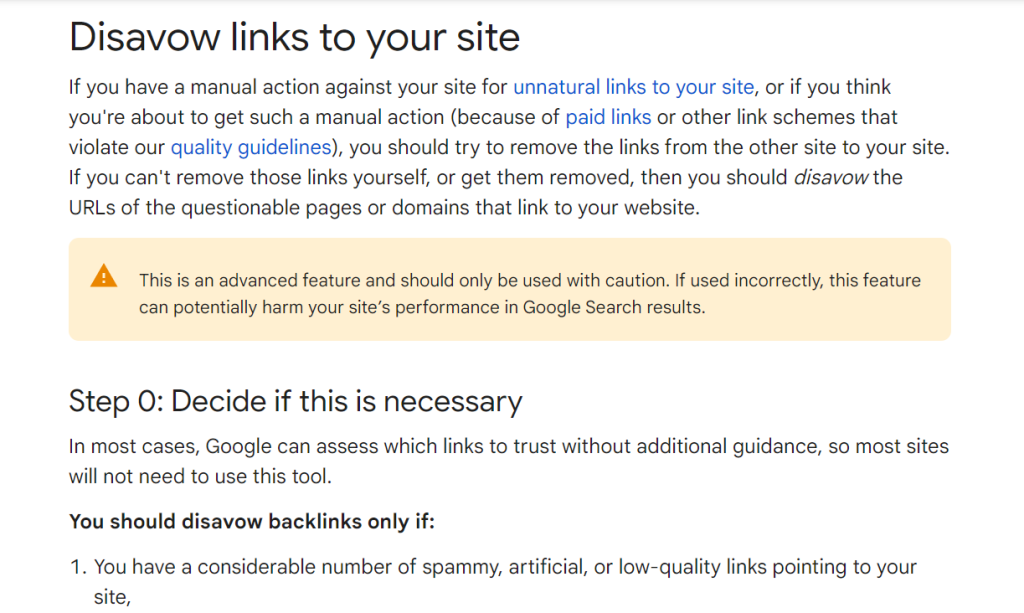
201. Reconsideration Request: If your site has been penalized and you’ve taken action to fix the issues, you can submit a reconsideration request to have Google review your site.
202. Temporary Link Schemes: Temporary link schemes are tactics where a site gains a large number of backlinks for a short period, often through practices like buying links or participating in link exchanges. Google’s algorithms can detect these temporary link schemes and may penalize the site.
Conclusion
And that’s it! We’ve thoroughly explored Google’s ranking factors for 2025. From understanding Google’s algorithm to exploring on-site and off-site webspam factors, we’ve covered a lot of ground. But remember, this isn’t a one-and-done deal. Google’s algorithm is always evolving, and staying on top of these changes is key to maintaining and improving your site’s ranking.
But here’s the thing – Google’s algorithm is always evolving. The Google Ranking Factors we’ve discussed today are relevant for 2025, but who knows what changes the future might bring? That’s why it’s crucial to stay updated and be ready to adapt your SEO strategies as needed.
Let us recap the most important Google ranking factors in 2025:
- Domain Factors
- Page-Level Factors
- Site-Level Factors
- Backlink Factors
- User Interaction
- Special Google Algorithm Rules
- Social Signals
- Brand Signals
- On-Site Webspam Factors
- Off Page Webspam Factors
Understanding SEO can be tricky, but you don’t need to figure it out by yourself. At Make Vision Clear, we’re here to help. Our team of SEO experts stays on top of the latest trends and changes in Google’s algorithm, so we can help you optimize your site and improve your ranking. Whether you’re just starting out or looking to take your SEO to the next level, we’re here to support you.
So, what do you think? Have you noticed the impact of these ranking factors on your own website? Do you have any tips or experiences you’d like to share?
We’d love to hear your thoughts, so don’t hesitate to drop a comment below. And if you’re ready to take your SEO to the next level, don’t hesitate to reach out to us at Make Vision Clear. Let’s keep the conversation going and continue learning from each other.
What is a Google Ranking Factor?
A Google ranking factor is a criterion that Google uses to decide where to place websites in search results.
What are the 3 Main Ranking Factors Used by Google?
The top three ranking factors Google uses are the quality of content, inbound links, and website usability.
How Many Ranking Factors Does Google Consider?
Google considers over 200 ranking factors when deciding the order of websites in search results.
How Can You Improve Your Google Ranking?
To rank higher on Google, focus on creating high-quality content, getting reputable websites to link to yours, and ensuring your site is easy to use and loads quickly.
